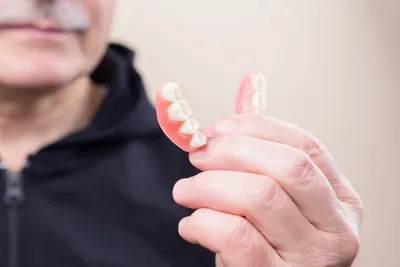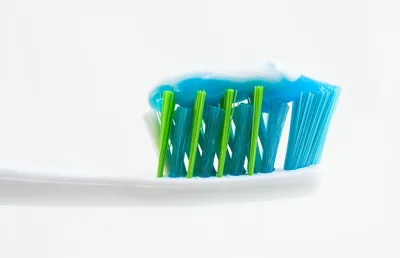
Introduction to pH Balance and Oral Health
Maintaining a balanced pH level in your mouth is crucial for optimal dental hygiene. The pH level refers to the acidity or alkalinity, measured on a scale from 0 to 14, of your saliva or mouth environment. A balanced mouth typically has a neutral pH around 7, which is neither too acidic nor too alkaline.
The Effects of pH on Oral Hygiene
Acidic Environments and Dental Erosion
When the pH level drops below 5.5, the environment becomes acidic, which can lead to enamel erosion and increase the risk of cavities. Foods and beverages high in sugar and acid, like sodas and citrus fruits, can lower pH levels, promoting tooth decay.
Alkalinity and Oral Health
A pH level above 7 indicates a more alkaline environment, which can help neutralize acids and reduce bacterial activity. Maintaining slightly alkaline conditions can prevent plaque buildup and gingivitis.
Maintaining a Healthy pH Balance
Dietary Choices
Choose foods that are lower in acid and mindful of their sugar content. Incorporating alkaline foods, like vegetables and nuts, can help maintain a neutral pH balance.
Regular Hydration
Drinking plenty of water helps wash away food particles and neutralizes acids, maintaining a balanced environment. Consider using fluoridated water for added dental protection.
Oral Hygiene Practices
Brushing twice a day with fluoride toothpaste, flossing, and using pH-balancing mouthwash can support pH balance. Regular dental checkups can monitor your oral pH levels and track any changes effectively.
Conclusion
Understanding the role of pH in dental hygiene can empower you to make informed choices about your diet and oral care practices. By maintaining a balanced pH, you protect your teeth from decay and contribute to holistic oral health.
Popular Oral Health Articles
Explore the articles our readers find most helpful, ranging from basic dental care tips to advanced oral health topics.




Related Posts
View All
Emergency Tips for Handling Denture Repairs

Demystifying Dental Plaque: Prevention and Management
